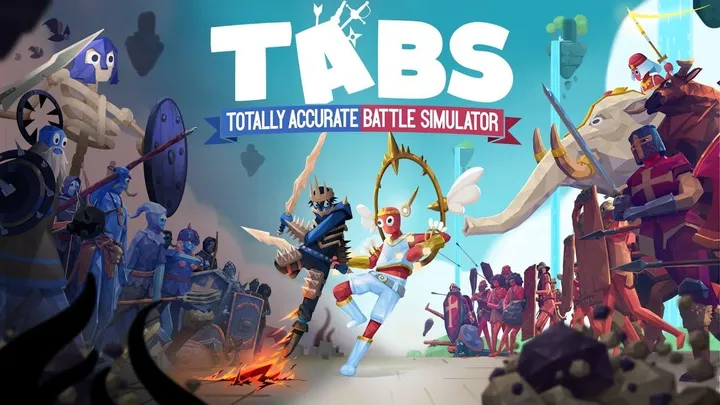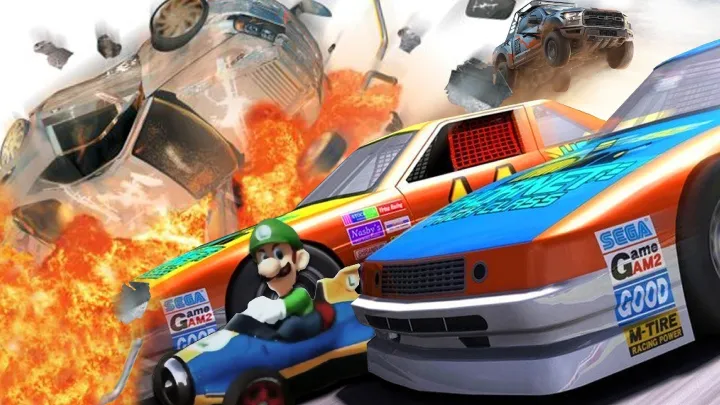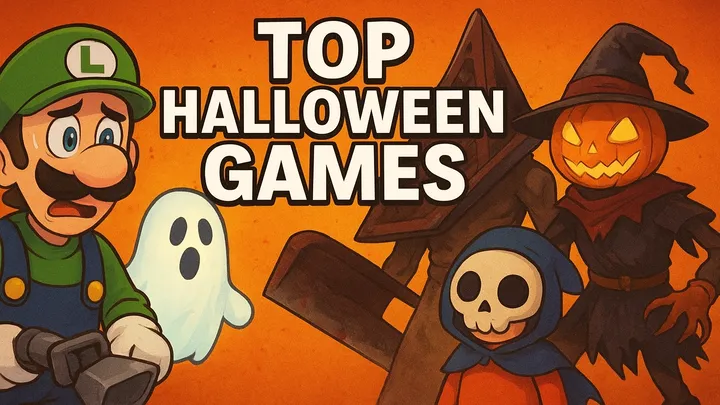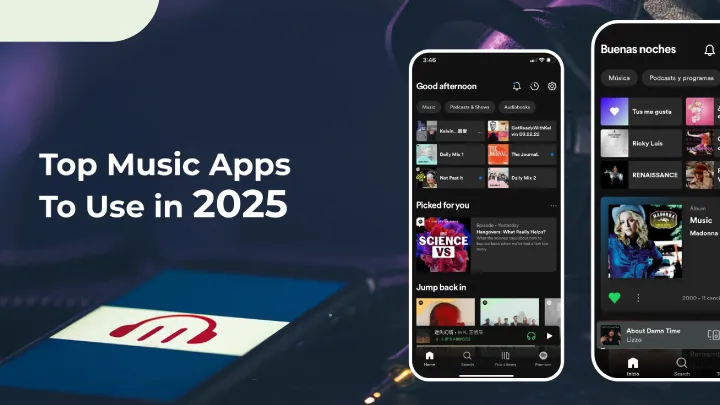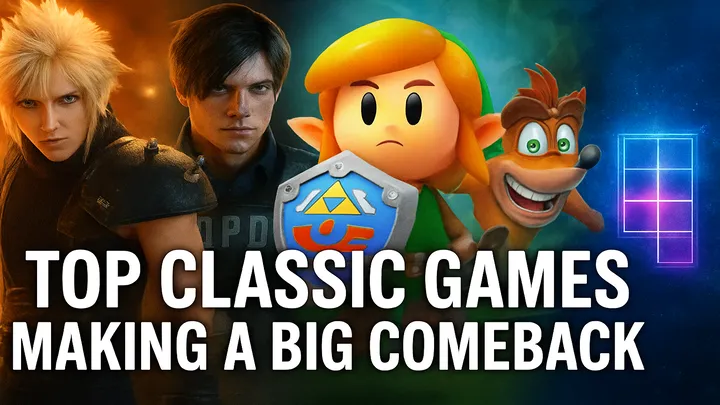Introduction
In the world of gaming, speed is more than just movement—it is adrenaline, reflex, and the thrill of pushing human and digital limits. Competitive games that thrive on high-speed action deliver heart-pounding excitement, demanding not only fast fingers but also sharp strategy and instant decision-making. Whether racing through futuristic tracks, dodging enemy fire in lightning-fast shooters, or drifting around corners at breakneck velocity, these games test precision under pressure.
Some titles have mastered the art of high-speed competition, becoming timeless favorites in the process. These games combine responsive mechanics, finely tuned balance, and captivating worlds where every second counts. In this article, we will explore the Top 10 Games for High-Speed Competition, analyzing their gameplay, lasting appeal, and why they remain staples for those who crave the rush of speed.
1. Need for Speed: Hot Pursuit (2010)
Gameplay Analysis
EA’s Need for Speed: Hot Pursuit remains a benchmark for arcade racing. Unlike traditional racers, it thrives on high-octane police chases where speed meets survival. Players choose to drive exotic supercars or take the role of the relentless cops trying to stop them. The gameplay thrives on boosting, drifting, and tactical use of gadgets like spike strips or EMPs, making every pursuit a tactical as well as a reflex challenge.
The game’s open road system created dynamic competition, where tracks felt alive and unpredictable. Each corner brought the risk of crashing, each straight offered a chance to break free. The sheer velocity captured the essence of speed better than most rivals at the time.
Lasting Impact
More than a decade later, Hot Pursuit still holds up, especially with its remastered edition. The sense of speed, combined with the thrill of chase-versus-escape, cemented it as one of the most thrilling racers in history. Its competitive online races remain a showcase of arcade intensity.
2. Trackmania Turbo (2016)
Gameplay Analysis
Trackmania Turbo thrives on precision, creativity, and raw speed. Its tracks defy reality—featuring loops, jumps, and hairpin turns where even the slightest miscalculation means failure. The beauty of Trackmania is its instant restart mechanic, making repetition part of the fun. Players constantly push for the fastest lap time, shaving milliseconds off their runs in a test of perfection.
Unlike other racing games, the competition here is less about collisions and more about mastery of physics and timing. Every turn requires muscle memory, and leaderboards are fiercely contested by those chasing world records.
Lasting Impact
Trackmania has cultivated a loyal esports scene, where players worldwide compete in tournaments of pure time-trial excellence. Its design ensures it never grows old: the community keeps building new tracks, and the pursuit of the “perfect run” never ends.
3. F-Zero GX (2003)
Gameplay Analysis
Nintendo’s F-Zero GX is legendary for its punishing difficulty and blistering speed. Players pilot futuristic anti-gravity vehicles at velocities far beyond conventional racing titles. Reflexes, memorization, and split-second decisions determine victory or fiery explosion.
Its tracks push the limits of imagination—spiral tunnels, upside-down highways, and narrow strips at lethal speeds. Mastering boost management and sharp turns makes the difference between triumph and crashing in spectacular fashion.
Lasting Impact
Though the franchise has been dormant for years, F-Zero GX remains a cult classic. Its challenge continues to attract speed enthusiasts who want the ultimate adrenaline rush. Many consider it the hardest yet most rewarding high-speed racer ever made.
4. Wipeout Omega Collection (2017)
Gameplay Analysis
The Wipeout series has always blended futuristic racing with combat, and the Omega Collection brought together the best of its entries with stunning visuals and silky-smooth performance. Racing in Wipeout is more than going fast—it’s about surviving weapons fire while hitting boosts and cornering with precision.
The floaty anti-gravity physics and electronic soundtrack create a hypnotic atmosphere where focus is everything. Competitors juggle speed, shield management, and offensive weapons to maintain control at dizzying velocities.
Lasting Impact
The Omega Collection revitalized Wipeout for a modern audience, reminding players why the franchise was iconic. Even years later, it stands as one of the most refined futuristic racers, with gameplay that feels endlessly fresh.
5. Forza Horizon 5 (2021)
Gameplay Analysis
Forza Horizon 5 pushes the limits of open-world racing. Unlike traditional circuits, it immerses players in a massive, beautifully rendered Mexico where races happen everywhere—from city streets to volcanic highways. The physics strike a perfect balance between arcade fun and simulation realism, making the driving exhilarating at both casual and competitive levels.
Events are varied: street races, dirt rallies, speed traps, and drifting competitions all reward mastery of different driving skills. The sense of freedom combined with high-speed competition is unmatched in modern racers.
Lasting Impact
With continuous updates, seasonal content, and a thriving online community, Forza Horizon 5 remains a living, evolving platform. Its accessibility and depth ensure its place as a cornerstone of competitive racing for years to come.
6. Quake III Arena (1999)
Gameplay Analysis
Not all high-speed competition is about racing—Quake III Arena proved that shooters could match the intensity. Unlike story-driven shooters, Quake focused purely on multiplayer arena combat. Movement was lightning fast, with mechanics like rocket jumps and strafe-hopping creating a unique skill ceiling.
Every battle was a test of reflexes, map knowledge, and accuracy. Weapons spawned at intervals, forcing players to race not just each other but also the clock to secure power-ups and armor.
Lasting Impact
Quake III shaped the future of esports. Its speed and precision continue to influence competitive shooters like Overwatch and Apex Legends. Even today, it’s celebrated in classic tournaments and fan servers, living proof that pure speed-based combat never ages.
7. Overwatch (2016)
Gameplay Analysis
Blizzard’s Overwatch blended hero-based abilities with the frantic pace of arena shooters. Each hero introduced unique mobility—whether dashing, teleporting, or flying—that elevated the speed of matches. Success required not just individual reflexes but also rapid team coordination.
Fast respawns, constant skirmishes, and shifting objectives made matches feel like a blur of action. Players had to adapt strategies within seconds, reflecting the true spirit of high-speed competitive play.
Lasting Impact
Overwatch redefined modern hero shooters and fostered one of the most vibrant esports scenes of its time. Its influence is still felt, and for many, it remains one of the fastest, most thrilling competitive experiences.
8. Apex Legends (2019)
Gameplay Analysis
Respawn’s Apex Legends raised the bar for battle royale games by injecting unmatched speed and fluidity. Unlike slower survival-focused battle royales, Apex emphasizes mobility. Sliding, climbing, zip-lining, and fast-paced gunfights turn every match into a test of speed and tactical awareness.
Its “ping system” streamlined communication, ensuring even quick decisions felt intuitive. Matches rarely slowed down, maintaining intensity until the final ring closed.
Lasting Impact
Apex remains one of the most popular competitive shooters, with its pace making it stand out from rivals like PUBG or Warzone. Its speed and polish make it a favorite for players who crave fast, skill-driven action.
9. Gran Turismo 7 (2022)
Gameplay Analysis
Polyphony Digital’s Gran Turismo 7 blends simulation authenticity with competitive racing intensity. While more realistic than arcade racers, its depth makes high-speed competition all the more rewarding. Players must master braking zones, tire management, and racing lines while pushing their cars to maximum velocity.
The competitive spirit shines in its ranked online races, where milliseconds separate victory and defeat. Unlike pure arcade racers, Gran Turismo challenges players’ discipline and focus as much as their reflexes.
Lasting Impact
As a franchise, Gran Turismo has always represented the pinnacle of realistic racing. GT7 continues that tradition, offering one of the most competitive yet rewarding racing ecosystems available today.
10. Dirt Rally 2.0 (2019)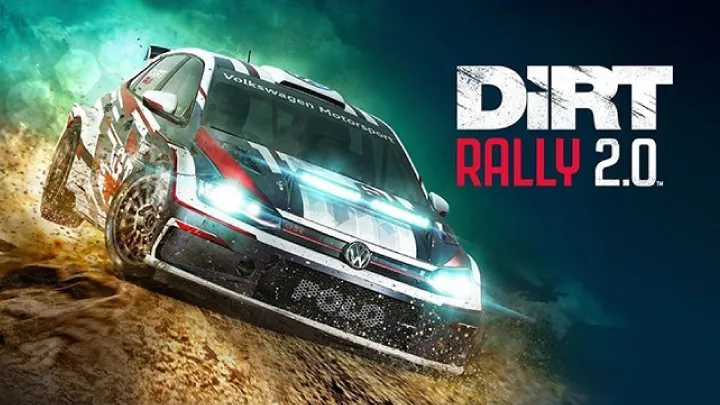
Gameplay Analysis
Dirt Rally 2.0 is the ultimate test of precision under extreme speed. Rally racing demands rapid reactions on ever-changing terrain—mud, snow, gravel—where the line between control and chaos is razor-thin. With no rewind button, every mistake feels permanent, heightening the competitive edge.
Co-driver calls, unpredictable weather, and narrow tracks make each stage an exercise in nerve and focus. It’s not about going flat-out—it’s about balancing risk and control at breakneck speeds.
Lasting Impact
Among hardcore racing fans, Dirt Rally 2.0 has achieved legendary status. Its uncompromising realism keeps players returning, and it remains a benchmark for competitive rally racing worldwide.
Conclusion
What makes high-speed competition so thrilling? It is not simply about moving fast—it is about the razor-edge balance between control and chaos. The greatest high-speed games challenge players to think in milliseconds, whether dodging rockets in Quake III, sliding across terrain in Apex Legends, or drifting through corners in Forza Horizon 5.
These ten games prove that when competition is combined with speed, the result is pure adrenaline. They continue to attract players old and new, not as relics of the past but as living testaments to the timeless excitement of speed.
